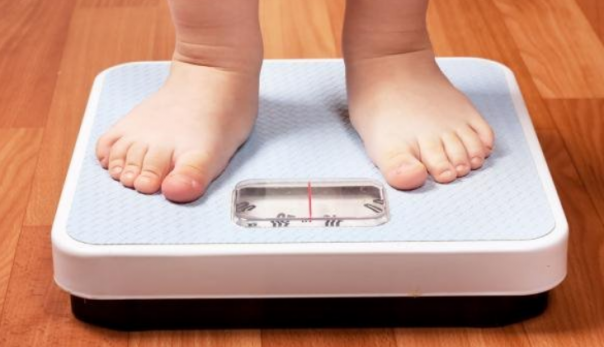Statistics show ‘significant increase’ in obesity rates among primary children

The National Child Measurement Programme report, published by NHS Digital, found obesity prevalence among four and five-year-olds in reception classes rose from 9.9% in 2019-20 to 14.4% in 2020-21. Among year six pupils, who are aged between ten and 11-years-old, obesity prevalence increased from 21.0% in 2019-20 to 25.5% in 2020-21.
The proportion of children who were a healthy weight dropped between 2020-21 and 2019-20 – among reception children it fell from 76.1% to 71.3% and among year six pupils it fell from 63.4% to 57.8%.
The National Child Measurement Programme usually measures the height and weight of over one million children in England annually and provides robust data on the number of children in reception and year six who are underweight, healthy weight, overweight, obese or severely obese.
In 2020-21, due to the coronavirus (Covid-19) pandemic disrupting the collection, 300,000 children were measured.
The report also shows that in 2020-21:
- Obesity prevalence among children living in the most deprived areas was more than double that of those living in the least deprived areas.
- The proportion of all children who were either overweight or obese was 27.7% in reception and 40.9% in year six.
- In both age groups, obesity prevalence was higher for boys than for girls. For reception-age children, 14.8% of boys were obese compared to 14.1% of girls. Among year six pupils, 29.2% of boys were obese compared to 21.7% of girls.
- The proportion of underweight children was higher in year six (1.2%) than in reception (0.9%). There was little change in this year-on-year.
